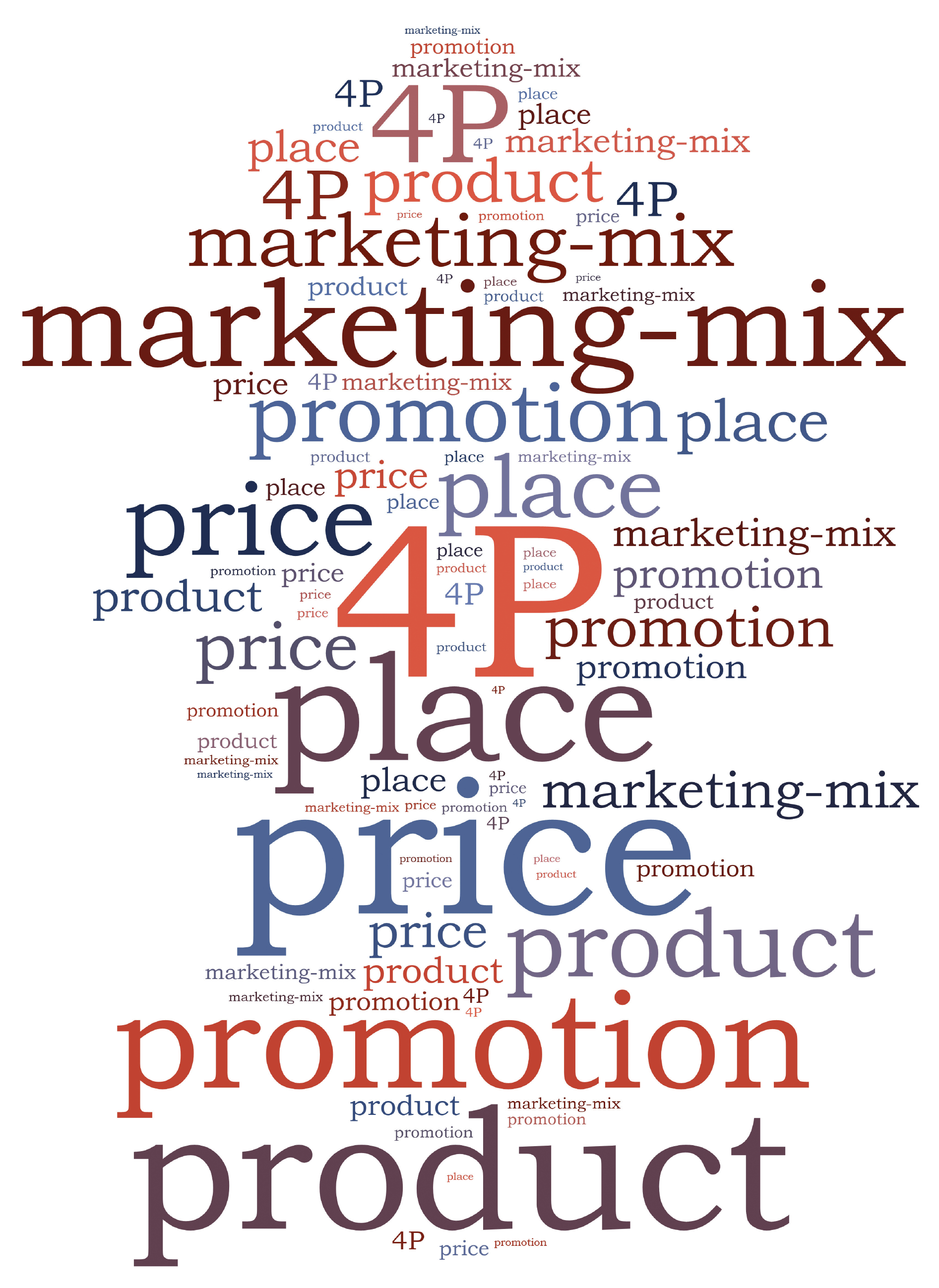In marketing, the term Place refers to where a buyer can go to purchase your product. For many companies this involves deciding on distribution channels, or what resellers to work with, or whether to hire a sales team and sell directly.
When applying the 4P’s of marketing (product, place, price and promotion) to the world of continuing education, Place is one that can feel more esoteric since you are not dealing with a physical product. When your product is educational content rather than a physical object, the question isn’t so much about a sales team or resellers, rather it is about access.
How can learners access your educational content? And will you offer more than one distribution channel or way to access your content?
In today’s world, most organizations distribute their content in at least two ways. They offer live, in-person events and online education via a continuing education management system. For both distribution methods, the key is ensuring access to the educational content. For in-person events it is a matter of holding the event in a convenient location, at a convenient time and date. This is a scheduling headache unto itself, as any Events Manager will tell you.
For online education, it is a bit more complicated. Not only do you have to ensure that your learners know where to go online to access your catalog, your catalog itself has to be easily accessible. Let’s break this down further.
Just as storeowners look for locations in densely populated areas that are easily accessible by cars and mass transit alike, you should offer many easy-to-find paths to your catalog. By paths to your catalog, I mean that you not only link your catalog to your main website in multiple ways, but ensure that search engines can find your catalog. So when a learner is on your main website, they can quickly and easily navigate to your catalog in a variety of ways. Menu links, home page links, and clickable images are some of the more effective ways to connect your education catalog to your main organization page. Or, if the learner is conducting Google searches for the educational content they need, your catalog should pop-up.
Once your learner is in your catalog they should quickly and easily be able to find the course they need. Your catalog needs to be easily searchable. If you think of each course as a product, and your catalog as a store, think about how you will “place” each product in that store. How will you promote certain products, how will you organize your products?
Taking some time to think about place as it relates to your CE content and ensuring ease of access to your content should help sales. And at the end of the day that is what you want, your learners to find be able to find and purchase your products.






